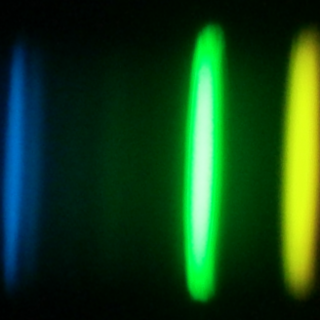Bibcode
Schiavon, Ricardo P.; Phillips, Siân G.; Myers, Natalie; Horta, Danny; Minniti, Dante; Allende Prieto, Carlos; Anguiano, Borja; Beaton, Rachael L.; Beers, Timothy C.; Brownstein, Joel R.; Cohen, Roger E.; Fernández-Trincado, José G.; Frinchaboy, Peter M.; Jönsson, Henrik; Kisku, Shobhit; Lane, Richard R.; Majewski, Steven R.; Mason, Andrew C.; Mészáros, Szabolcs; Stringfellow, Guy S.
Bibliographical reference
Monthly Notices of the Royal Astronomical Society
Advertised on:
2
2024
Citations
26
Refereed citations
17
Description
We introduce the Sloan Digital Sky Survey (SDSS)/ Apache Point Observatory Galactic Evolution Experiment (APOGEE) value-added catalogue of Galactic globular cluster (GC) stars. The catalogue is the result of a critical search of the APOGEE Data Release 17 (DR17) catalogue for candidate members of all known Galactic GCs. Candidate members are assigned to various GCs on the basis of position in the sky, proper motion, and radial velocity. The catalogue contains a total of 7737 entries for 6422 unique stars associated with 72 Galactic GCs. Full APOGEE DR17 information is provided, including radial velocities and abundances for up to 20 elements. Membership probabilities estimated on the basis of precision radial velocities are made available. Comparisons with chemical compositions derived from the GALactic Archaeology with HERMES (GALAH) survey, as well as optical values from the literature, show good agreement. This catalogue represents a significant increase in the public data base of GC star chemical compositions and kinematics, providing a massive homogeneous data set that will enable a variety of studies. The catalogue in FITS format is available for public download from the SDSS-IV DR17 value-added catalogue website.
Related projects

Chemical Abundances in Stars
Stellar spectroscopy allows us to determine the properties and chemical compositions of stars. From this information for stars of different ages in the Milky Way, it is possible to reconstruct the chemical evolution of the Galaxy, as well as the origin of the elements heavier than boron, created mainly in stellar interiors. It is also possible to
Carlos
Allende Prieto